As one of the representative of Japanese traditional food culture, umeboshi is really popular among Japanese. You can catch its appearance in a lot of dishes or drinks in Japanese table. Today, in this article, we will find out about what is so special about this food. Are you ready!? Go!
What is Umeboshi?
Umeboshi (梅干し) is pickled plum with the color of red using red shiso. Since ancient times, it has been used as food as well as for medicinal purpose. The standard of pickled plum with red shiso has recently changed and more delicious and easy-to-eat umeboshi such as honey umeboshi or crispy pickled plum are available. One of the most common way of eat umeboshi as food is ochazuke and furikake as the sour and salty taste of it goes perfectly with rice. The truly delicious umeboshi is considered to have the original sweetness of the plum and is almost non-salty.
Although widely known as pickled plum in Japanese, ume (梅) in umeboshi is closer meaning to Japanese apricots, not plum.
History
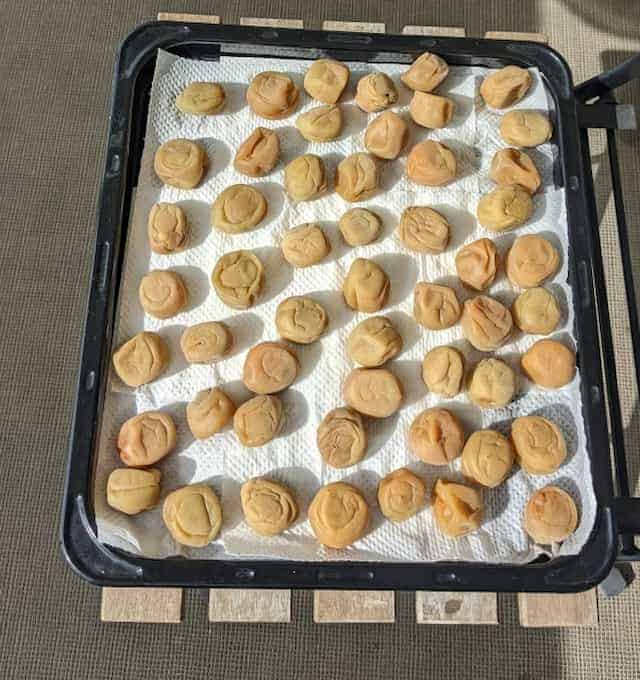
Hometown of umbeboshi
Umeboshi was first mentioned in the mid-Heian period but it is likely that it had been appreared even before that time. According to some records, when Emperor Murakami (reigned 946-967) was ill, he was cured by eating umeboshi and kobu tea. In the Kamakura period, the samurai’s banquet was ‘oban’, which was served with jellyfish, beaten abalone, pickled plum, salt and vinegar. During the Edo period, it finally came to appear on the table of ordinary households as it is today. Since then, it has been become one of the popular household food among Japanese.
What about the origin of ume? The interesting fact about ume is that it only grow in East Asia. Therefore, it is almost no way to exist in Europe and America, and of course, there is no umeboshi either. The origin of ume is from China. In Japan, there is some places such as Miyazaki Prefecture, Oita Prefecture, the banks of Yamanashi Fuji river that can grow ume. However, in China, ume has already been used as medine for more than 3,000 years.
History
It is said that ume was introduced to Japan during the Nara period. It was neither a flower nor an umeboshi, but rather a medicinal product called Ubai, made from smoked ume fruit. After that, it spread rapidly and became famous all over the country. There is a poem about ume in Japan’s first collection of Chinese poetry called “Kaifuso,” and in the Manyoshu, Kakinomoto no Hitomaro sang: “If you live in Okabe where ume blossoms bloom, the snow will come to the mountains again.” It is probably the first song of ume in Japan. Not only in food, this ume also make inspiration for music and poem.
The origin of the name
There are some theories on the etymology of the name “ume”. In Manyoshu, this food had the name “ume” but then was changed to “mume” in the Heian period and even in the literature of the Edo period, the name “mume” was still appeared. Currently, it is common to call this food “ume”. However, there are some regions in Japan call it with the old name.
Various types of umeboshi
In fact, there are many kinds of umeboshi such as the so-called “red umeboshi” that you can find at any supermarkets. There are also some types of umeboshi that is seasoned such as “red shiso pickles” that has been popular in recent years. Today, in this article, we will introduce 5 representatives of umeboshi so that you can choose the most suitable for yourself.
Kishu Nanko Ume (紀州南高梅)
Speaking of pickled plums, Kishu Nanko is a top brand that brings the highest quality. This kind of umeboshi has the large grain, soft flesh and small seeds. The hometown of it is Minabe Town, Waka prefecture. In 2015, the agricultural circulation system centered on ume cultivation of the Minabe-Tanabe Ume System was recognized by the United Nations Food and Agriculture Organization as a Globally Important Agricultural Heritage System.
Shiraboshi Umeboshi
It is a traditional pickled plum made by pickling plums only in salt and then drying them. The salt concentration is high at around 20% so you can enjoy the traditional salty and sour taste. There are not only products with reasonable prices but you can also find high-end products for gift-givingon special occasions.
Shirahoshi is rich in citric acid, which is also attracting attention for its fatigue recovery and health maintenance effects. Therefore, as the traditional and simple type of umeboshi, Shirahoshi is still among the most popular.
Shiso-zuke Umeboshi
This umeboshi is characterized by its red color and the refreshing scent. With a salt concentration of around 13%, it has just the right amount of saltiness and sourness that goes well with the aroma of shiso. In addition, red is considered a lucky color so it is also very suitable as a gift.
Konbu Umeboshi
“Konbu Umeboshi” is a popular home recipe that you should try at least one at home. It has an elegant umeboshi with a well-balanced flavor of kombu and the salty taste of umeboshi. The umeboshi is seasoned with kelp and mirin so it is rich in umami ingredients. Therefore, you can can straight or also use as ochazuke.
Lightly salted honey plum
This type of pickled plum is really famous among women and children because of its gentle sweetness, moderate saltiness and mellow umami taste. The salt concentration is one of the lowest among umeboshi, at about 6-8%. You can buy it as a gift for friends and family or just buy for yourself to eat for refreshing when you are tired.
Health benefits of eating umeboshi

Fatigue recovery
Among the health effects of umeboshi, one of the representative ones is the recovery effect against physical fatigue. Umeboshi is rich in citric acid and malic acid, which are amino acids that play a role in breaking down lactic acid accumulated in muscles. Fatigue such as muscle pain is caused by the accumulation of lactic acid in the body. For this reason, umeboshi can be use to recover fatigue.
Blood circulation improvement
Recent research has revealed that heated umeboshi has the effect of boosting blood circulation. The reason for this is that heating umeboshi produces a substance called “mumefural” that increases the fluidity of blood. Therefore, heated umeboshi is highly effective in preventing arteriosclerosis caused by lifestyle-related diseases such as high blood pressure, and in improving sensitivity to cold, which is common among women.
Calcium absorption increase
The citric acid contained in umeboshi has the effect of increasing the absorption rate of calcium. Calcium has a low absorption rate in the body, and it is said that in the body of general adults, only 20 to 30% of the ingested amount is absorbed in the small intestine.
There are many people who have a latent calcium deficiency even though they think they are taking enough calcium, and you may be one of them. In order to solve such problems, pickled plums containing a lot of citric acid that helps absorb calcium are highly recommended.
Appetite increase
The acidity of umeboshi is highly effective in preventing and improving summer heat fatigue and loss of appetite during and after illness. It is important to take a lot of nutrients when the body is weakened by summer fatigue or when you are sick, but in reality you may not have an appetite in many cases. However, the acidity of umeboshi has the effect of increasing appetite, so even when you don’t have an appetite, you can increase the amount of food you eat and take in abundant nutrients. In addition, the sourness of umeboshi comes frorm citric acid and malic acid, which prevent indigestion after meals. To sum up, umeboshi is the best food for you when you are tired and have a heavy stomach.
How to make umeboshi?
Ingredients
| Ingredients | Measurements |
|---|---|
| Ume | 3kg (yellow ripe) |
| Salt | 390g (13% of plum weight) |
| Rock sugar | 300g (10% of plum weight) |
| Shochu (over 35% alcohol) | 3/4 cup |
How to make Umeboshi?
Recipe
- Wash the ume under running water and strain them to drain. Make sure to remove damaged fruit, but if the skin is brown, it is still okay.
- Use a bamboo skewer or toothpick to remove the stalks and wipe off the water thoroughly. Be careful not to damage the ume.
- Sprinkle shochu on ume. Shochu has the effect of preventing mold and improving salt adhesion.
- Mix all the salt and about 1/3 amount of sugar together (A).
- Place a handful of (A) on the bottom of the container and alternately layer with the ume and mixture (A). Finally, the last layer will be the (A).
- Cover with a drop lid and place the prepared heavy stone on top.
- To avoid dust and insects and to block light, cover the container with a paper lid and tie it with a string. Place in somewhere which does not expose to the sun and has average temperature.
About a month after pickling, around Doyo (late July to early August), choose a sunny day, place the ume on a colander and dry them in a sunny and well-ventilated place. Turn it inside out 3-4 times over 3 days. On the 1st and 2nd days, leave in the morning and keep it inside the house at night. On the third day, leave it in the morning and leave it until the next morning.
Pour the ume vinegar into a sterilized bottle, store it in a cool, dark place, and use it up within six months to a year. Once the ume dry, pack into storage bottles.
Restaurants and stores
Bairindou (梅林堂)
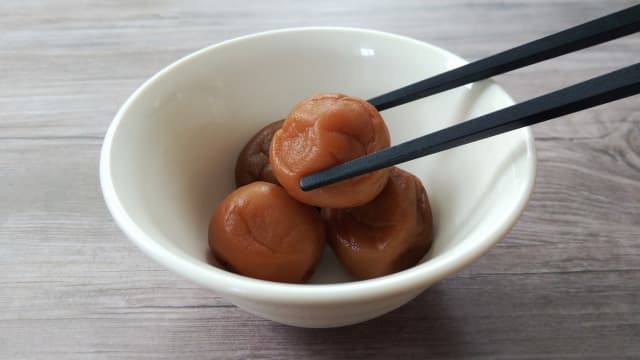
Founded in 1893 when the first Chojiro Minoura started manufacturing and selling pickles in Yago, Meiji-mura, Nakajima-gun, Aichi. This store was one of the first in the Kanto region to sell low-salt umeboshi, which is currently the mainstream among umeboshi, and in 1983, they launched the Bairindo brand, which specializes in Kishu ume. Their products has been featured in many TV programs and magazines and has been sold as gifts at department stores.
Tachikui Umeboshiya (立ち喰い梅干し屋)

This is a very special place for umeboshi lover as you can enjoy 15 different kinds of pickled plum frorm all over Japan in a standing style. By this way, you can easily compare and find out which one is your favourite. Beside that, you can also enjoy it with tea or rice. This place is a very interesting place to pay a visit as it stands out of the normal umeboshi stores with the atmosphere like a high-end sushi restaurant. Come one and give a try!
Umesai (梅祭)
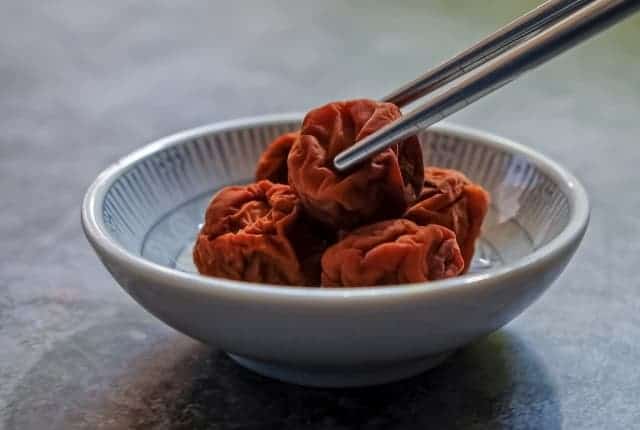
A famous stores that sell pickled plum from all over Japan. Coming here, you can have a plenty of choices for umeboshi for yourself and even as gifts for family and friend. More detailed information below:
Takeaway
As one of the most popular food in Japan, umeboshi appear a lot in not only food but also goes really well with Japanese sake. You can easily find it at any supermarkets or department stores. Otherwise, if you want to try to make it at home, do not hesitate to try our recipe. Good luck!
Do you know that shochu is one ingredient of umeboshi? Just click here to find out more about it!
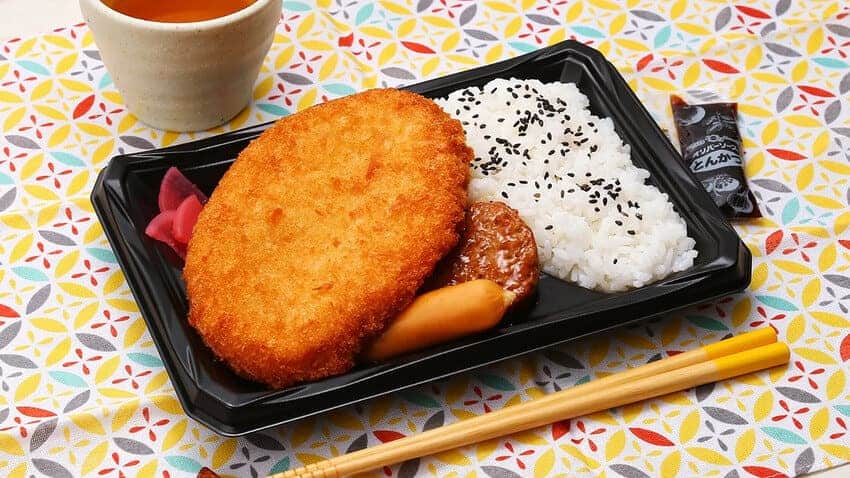


 牧野悦子-1-1256x832-1.jpg)
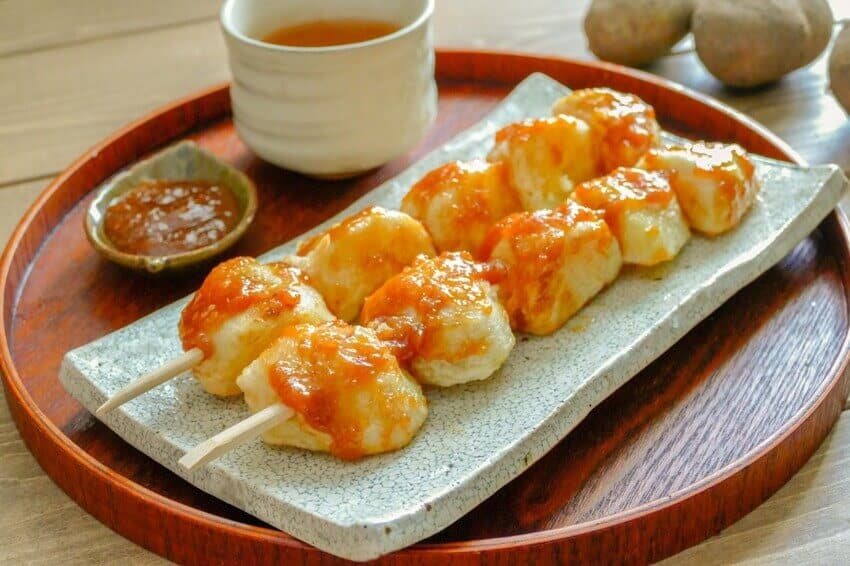

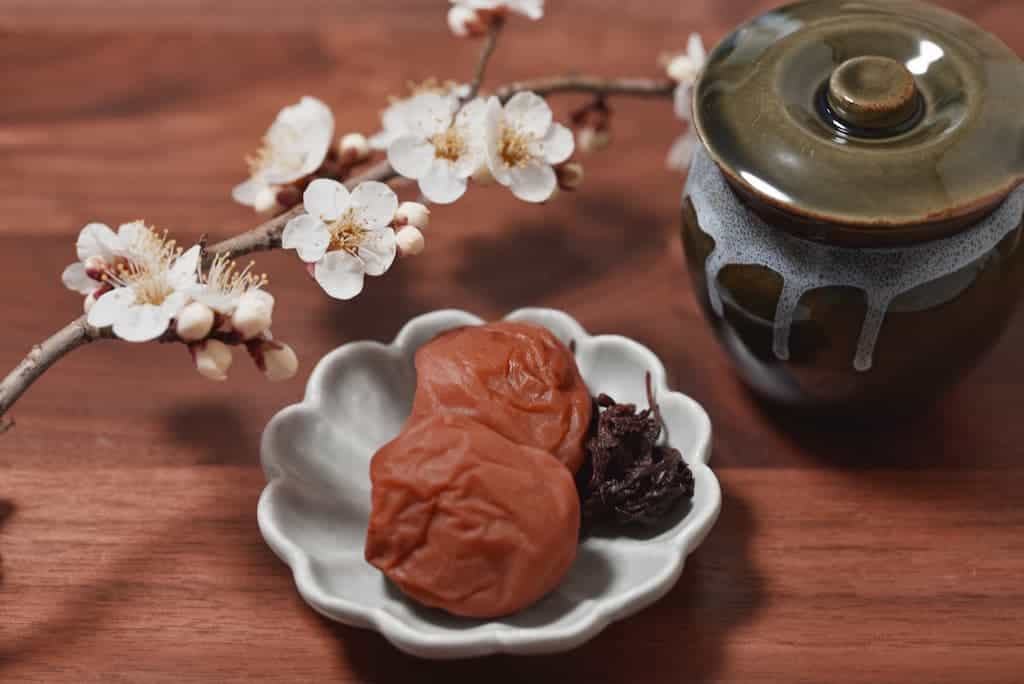
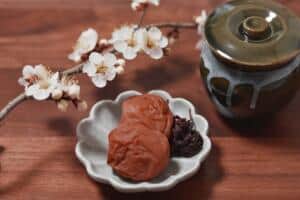
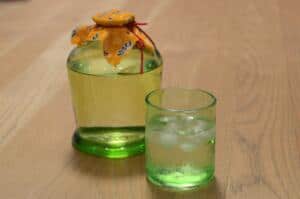
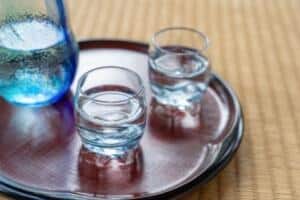
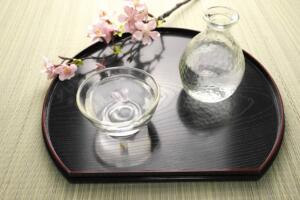



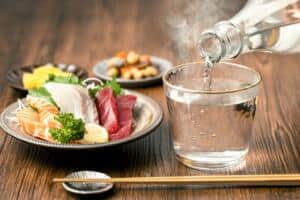
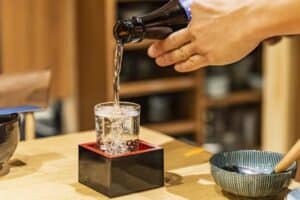
Comments